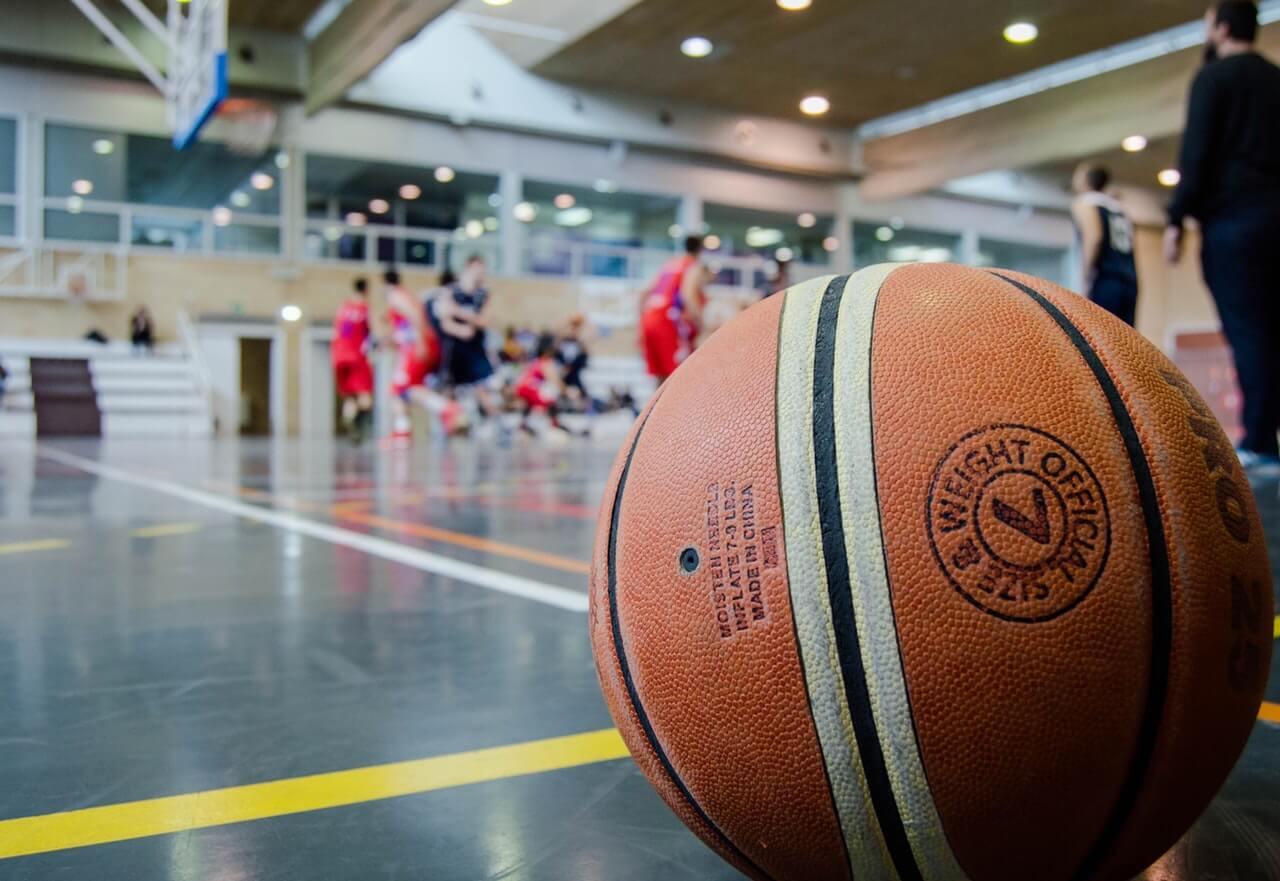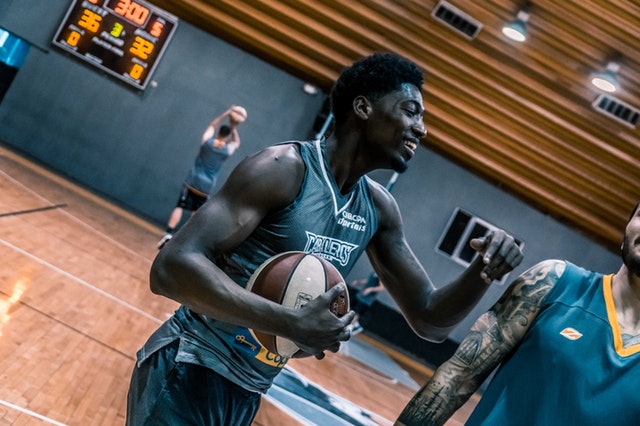Something that truly bothers me is when someone believes they have no musical talent or that they used to play as a youngster but gave it up. This is sad because everyone can play music. After all, everyone has music pounding away inside of them in the form of a rhythmically beating heart. That is a solid start and a firm foundation upon which to build. It’s a great reason for people who have never played an instrument, or who, played as a youngster but stopped, to start or restart, playing.
“Why not?” I suggest. “Fifteen minutes a day and before you know it, you find yourself improving.”
It also bothers me when people say they are too old to begin to learn to play music.
“What do you mean, too old? You can play music until your last day on this earth. So why not?” You will be able to enjoy it for a long time.”
It’s also absolutely irrelevant how you “stack up” against other musicians. At the end of the day, the only thing that matters is whether you enjoy it.
I’ve always wanted to draw and paint but never made a real effort to learn how. So heeding my own advice, I began taking drawing and painting lessons.
It has been wonderful! Not only has it been loads of fun, but I have learned so much about the creative arts and lifelong learning. I also find myself looking at everything, from flowers, to food, to landscapes and faces, differently – considering colors, composition and perspective and wondering how to go about painting them.
Taking up painting has also reaffirmed that, like music, where you can interpret songs any way you please, in art, it’s okay to “color outside the lines”. That is the greatest lesson of the arts: that you can color outside the lines without penalty. It’s a safe place to test boundaries and explore the unconventional. The fact is, creativity can be taught and learned. But first, it has to be encouraged. The arts are a potent vehicle to encourage such creative, bold and fearless thinking. Mistakes can be embraced, modified and turned into something positive. For example, as a stream of paint slithered down my canvas, where I saw a “mistake”, my instructor saw an “opportunity”. “Don’t worry about it”, she said, “Embrace it, own it, work off it and use it to your advantage.”
It’s also confirmed my belief that it doesn’t matter what anyone else thinks of your art as long as you derive pleasure from it. That requires the boldness and courage to put yourself “out there”. I agreed to be a part of an “emerging artists” exhibit, where my work will be shown in a public gallery. This prompted a friend to ask, “How can you do that? You’ve only been painting for a few months?”
But why not? Who’s to judge whether your art or music is any better or worse than anyone else’s? As long as you enjoy the process, what does it matter?
But the greatest lesson I have learned and come to appreciate is that, like music, painting or drawing or being involved in other creative arts such as theater, is that these are things that you can do for the rest of your life.
The creative arts provide the opportunity and indeed, privilege, of being able to participate, learn from and enjoy it forever. You never have to “retire” from the arts. Unlike other activities, such as sports or sometimes, your career, the decision to “retire” is often not left to you.
I love the game of basketball and after my competitive career ended continued to play pick up games until age fifty. It was a very sad day to arrive at the inevitable conclusion that my body would simply no longer allow me to continue to play. “Retirement” from the creative arts is optional. You can do it whenever you want and on your own terms.
And, like a fine wine, you get better at the creative arts the older and more experience you get. Experience builds confidence and courage to continue to challenge yourself to create and put yourself “out there”. It keeps you vibrant and engaged.
One of the most fundamental responsibilities of our schools and education system is to instill in students a love of, curiosity for and mindset to embrace lifelong learning. That is why it is so important that our schools and communities invest in music and the arts. But it’s just as important to provide exposure to activities that can be practiced for a lifetime. And the institution through which we as a society can provide such opportunities and privilege is through our educational system
Being exposed to and participating in the arts is vitally important as a vehicle to teach creativity, build confidence and instill characteristics such as discipline and personal responsibility. And as such, everyone can and should enjoy that opportunity and privilege…for a lifetime.








